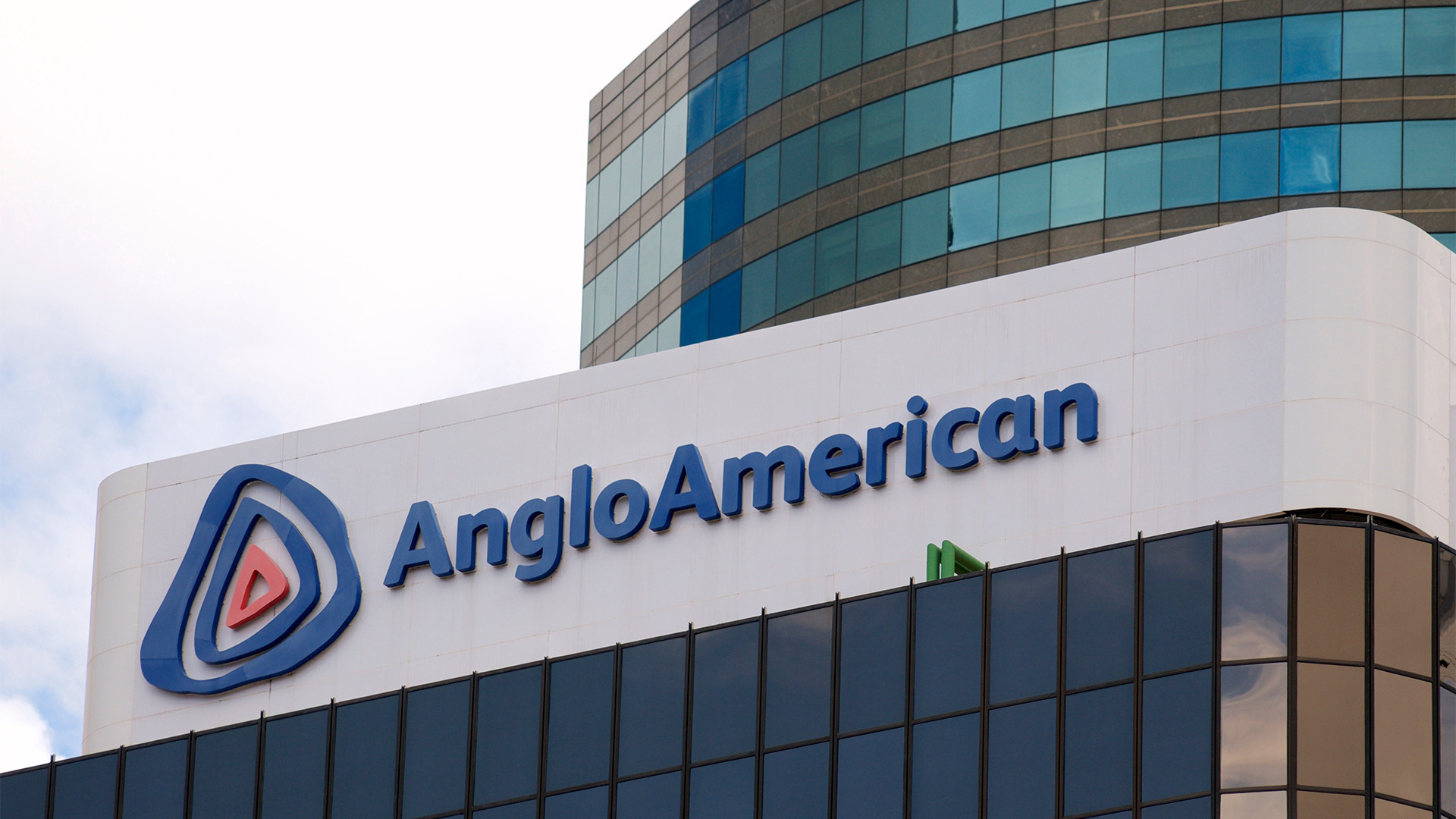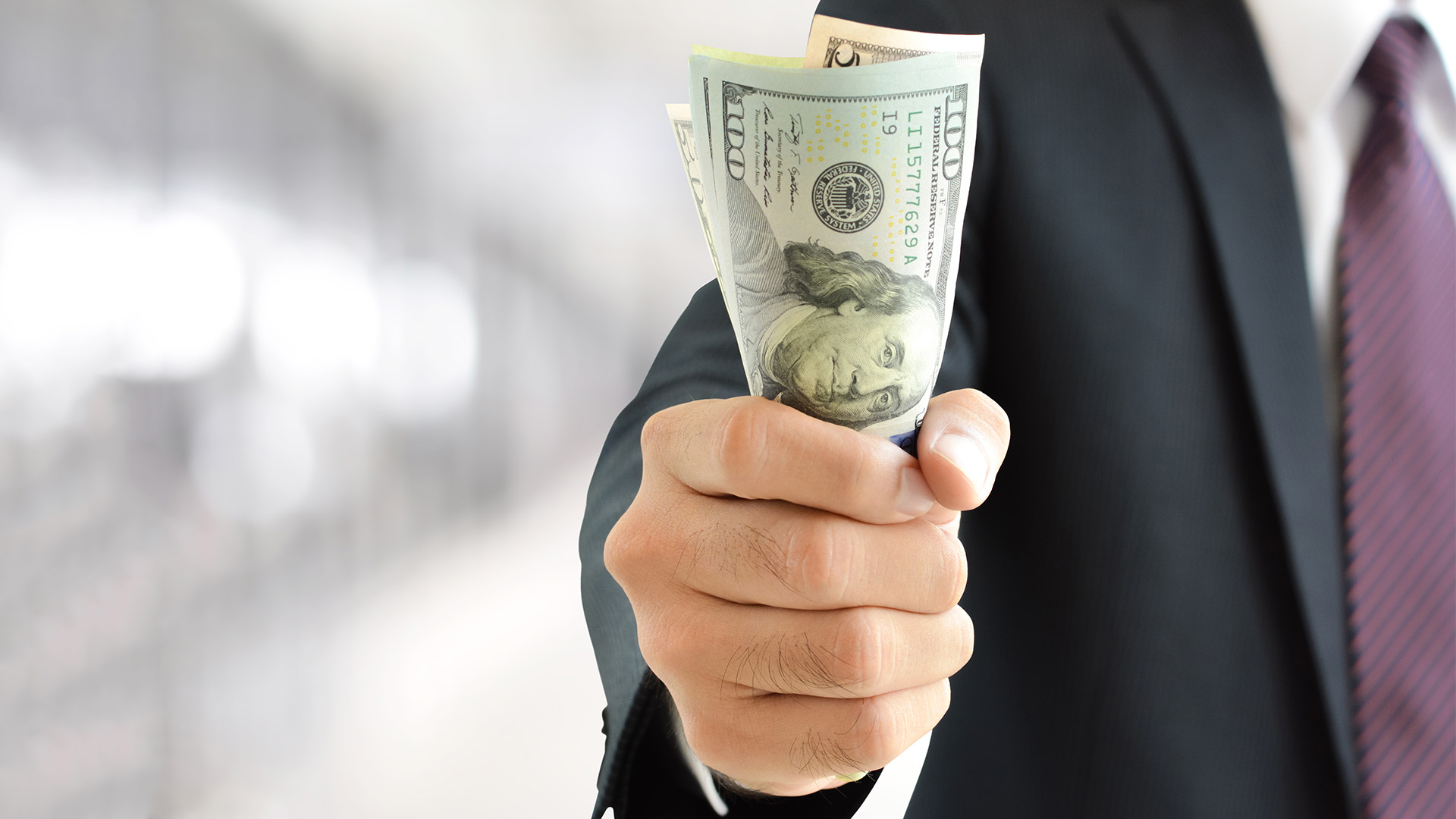World markets and commodities tumbled overnight after China lifted interest rates for the first time in three years.
The People’s Bank of China raised its benchmark interest rates by a quarter-percentage point, the first increase since December 2007.
The move comes after a series of policy tightening measures in other Asian economies in the past few months recent weeks in a bid to contain inflation amid strong growth, and lately, the added concern that loose US monetary policy is driving a flood of liquidity into the region.

Central banks in Singapore, Australia, Thailand, Taiwan, South Korea and Malaysia have all lifted rates or tightened monetary policy in the past three months.
But the impending extra spending from the US Fed, has given moves added impetus.
And, unlike rate change statements from the Reserve Bank, the Fed and other western central banks, there was no accompanying comment from the PBOC to explain its surprise move.
The one-year lending rate in renminbi would rise from 5.31% to 5.56%, while the one-year deposit rate would increase to 2.5% from 2.25%.
Markets fell sharply, on Wall Street the Dow was off around 140 points and more at one stage, gold fell $US40 an ounce in New York at one stage (it ended around $US1,335 an ounce), oil shed more than 4% in value to fall under $US80 a barrel and copper lost over 11 USc, or 2.9% as speculators sold.
The impact of the Australian dollar was dramatic, it almost 2 USc, falling from the Sydney finish of around 98.70, to settle around 96.80.
The decision to lift the benchmark deposit and lending rates by 0.25 percentage points is the most decisive step yet to scale back the massive stimulus China injected into its economy during the financial crisis.
The bank has tightened asset ratios for commercial banks several times this year, but up till last night no rate rise was tipped.
China cut interest rates several time between September and December of 2008 in the wake of the Lehman Brothers collapse and the market freeze that followed. financial crisis began to take hold.
As its economy recovered sharply after the crisis, China initially avoided raising rates, preferring to try and limit new credit issued by banks and introducing measures to discourage speculation in the property sector.
China’s economy has been growing rapidly, dragging other economies in Asia, such as Japan, Australia, Malaysia, Taiwan and Singapore higher with it.
Growth peaked at nearly 12% (annual) at the start of this year and tomorrow we will find out how the third quarter went with the release of data in Beijing.
But it’s not the rapid growth that’s the problem, its been the surge in house prices, and the burst of food price inflation.
Consumer prices were up at an annual rate of 3.5% in August, driven by a 7.5% jump in food prices as floods (and before them, drought), impacted supplies and forced prices higher.
Real estate prices were up 9.1% in September compared to a year ago in the nation’s 70 largest cities. That’s down from more than 12% in April, but of concern was the fact that prices of new and existing homes rose in September from August.
China’s benchmark rates are not an overnight lending rate as is the case in the United States and other major western economies.
Instead, it has a one-year interest rate on saving deposits, which was increased to 2.5% and a one-year interest rate on loans, which rose to 5.56%.
Economists think third quarter growth for China will come in around 9.5%, down from the 10.3% rate in the second quarter.
The Shanghai stockmarket will be knocked down by the rise, it has recovered strongly since the lows of July and is up well over 20%.













